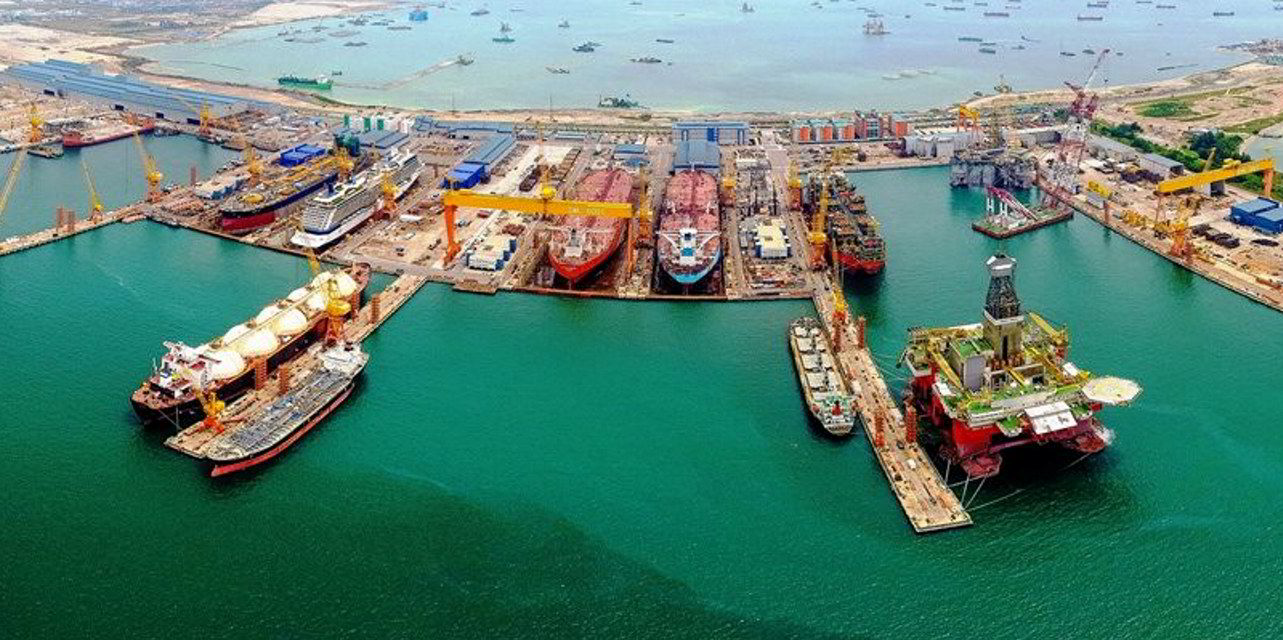Singapore could have its own version of London’s Thames Barrier as it looks to protect its shipyards and offshore industries against rising sea levels.
As a low-lying island, the city state is particularly susceptible to rising sea levels caused by climate change.
Singapore’s national water agency, PUB, is studying the feasibility of deploying such structures between Jurong Island and Tuas on one side, and Pasir Panjang Terminal on the other, according to a recent article in The Straits Times.
A first of its kind study completed in 2019 into the threat to Singapore’s coastlines from sea level rise and potential impacts of coastal inundation identified Jurong Island as one of the most vulnerable areas.
The Centre for Climate Research Singapore projects climate change could cause a mean sea level rise of about 1 metre by 2100.
Sea levels could rise by up to 4 or 5 metres if extreme high tides or storm surges are taken into account. Singapore is said to experience two to four storm surges each year.
Some 30% of Singapore’s land is less than 5 metres above mean sea level — an area equivalent to 30,000 football pitches, according to PUB.
“Coastal barriers could be an effective solution against extreme sea-level rise and will be assessed to ensure that our maritime traffic and operational activities are not adversely affected,” Hazel Khoo, director of PUB’s Coastal Protection Department told the Straits Times.
Singapore’s south-western coast is home to many of the country’s shipyards but is vulnerable to storm surges caused by storms brewing offshore.
PUB has called for a tender to study the feasibility of coastal defences, such as storm surge barriers, and raising the ground level of mainland industrial estates as an alternative solution, The Straits Times reported.





